Tag: oxygenation
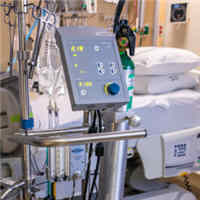
90% of ECMO-eligible COVID-19 Patients Died Amid Rationing
Nearly 90% of adult COVID-19 patients who were eligible for—but didn't receive—extracorporeal membrane oxygenation (ECMO) during the height of the pandemic died in the hospital owing to a lack of resources, even though... read more

Optimal Respiratory Support for COVID-19 Patients
Noninvasive respiratory support is an essential component of critical care. Both noninvasive ventilation, with its different interface types and modes (including helmet and face masks), and high-flow nasal oxygen (HFNO) are... read more

Physiologically Difficult Airway Evaluation
Multiple international airway societies have created guidelines for the management of the difficult airway. In critically ill patients, there are physiologic derangements beyond inadequate airway protection or hypoxemia.... read more
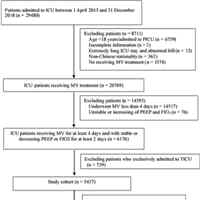
Fluid Balance and Ventilator-Associated Events Among Patients Admitted to ICUs in China
There was nonlinear relationship between fluid balance and all three tiers of ventilator-associated event, with an fluid balance between –1 and 0 L corresponding to the lowest risk. Positive but not negative fluid balance... read more

Liberation from Invasive Mechanical Ventilation with Continued Receipt of Vasopressor Infusions
Weaning protocols for discontinuation of invasive mechanical ventilation often mandate resolution of shock. Whether extubation while receiving vasopressors is associated with harm is uncertain. To examine whether extubation... read more
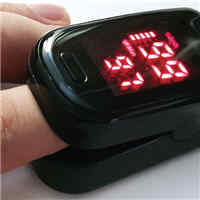
Treating Hypoxia in Discharged COVID-19 Patients
The ICU technique of placing a hypoxic patient in a prone position is being widely used to care for COVID-19 patients in respiratory distress to improve oxygenation and possibly to avoid intubation. The COVID-19 pandemic... read more
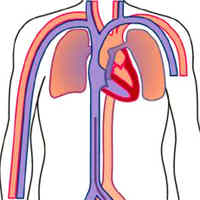
Bivalirudin vs. Heparin for Maintenance Systemic Anticoagulation During ECMO
When compared with heparin-based systemic anticoagulation, bivalirudin demonstrated feasibility and safety as established by the absence of increases in identifiable adverse outcomes while manifesting substantial improvements... read more
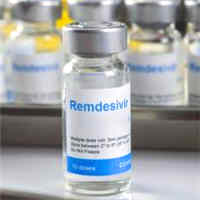
Study Supports Remdesivir Treatment for COVID-19 Patients on Low-Flow Oxygen or No Oxygen
Remdesivir treatment increased the likelihood of clinical improvement in COVID-19 patients on low-flow oxygen or no oxygen, according to a new study by the Johns Hopkins University School of Medicine, the Johns Hopkins Bloomberg... read more

Transtracheal Jet Ventilation in the Can’t Intubate Can’t Oxygenate Emergency
Transtracheal jet ventilation (TTJV) is associated with a high risk of device failure and barotrauma in the CICO emergency. Guidelines and recommendations supporting the use of TTJV in CICO should be reconsidered. 44 studies... read more
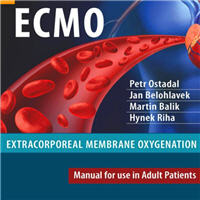
ECMO. Extracorporeal Membrane Oxygenation
Extracorporeal membrane oxygenation (ECMO), is a rapidly developing technology for supporting or even replacing heart and/or lung functions for days or weeks, giving the time for recovery, other therapeutic interventions... read more

Subclavian vs. Femoral Arterial Cannulations During ECMO
During peripheral extracorporeal veno-arterial membrane oxygenation (VA-ECMO) support, subclavian arterial cannulation provides, in comparison to femoral arterial cannulation, an anterograde flow which may prevent from left... read more
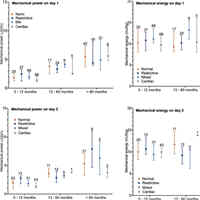
Energy Transmission in Mechanically Ventilated Children
Mechanical energy (ME) better related to underlying lung pathology and patient outcome than MP. The delivery of generated energy to the lung was not dependent on endotracheal tube diameter (ETT) size during PC ventilation.... read more
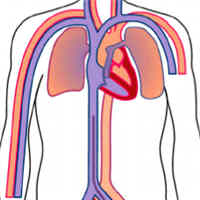
Association of Volume Status During VV ECMO with Outcome
Fluid overload in acute respiratory distress syndrome is associated with increased mortality. The purpose of this study was to investigate the association of cumulative fluid balance (CFB) during the first 7 days of eno-venous... read more
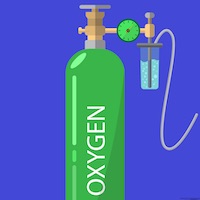
Effect of High-Flow Oxygen Therapy vs Conventional Oxygen Therapy on Invasive Mechanical Ventilation and Clinical Recovery in Patients With Severe COVID-19
An overall good trial that supports the use of high flow oxygen therapy in patients with Severe COVID-19. Randomized controlled trial conducted across three centers in Columbia over 5 months from August 2020 to January... read more




